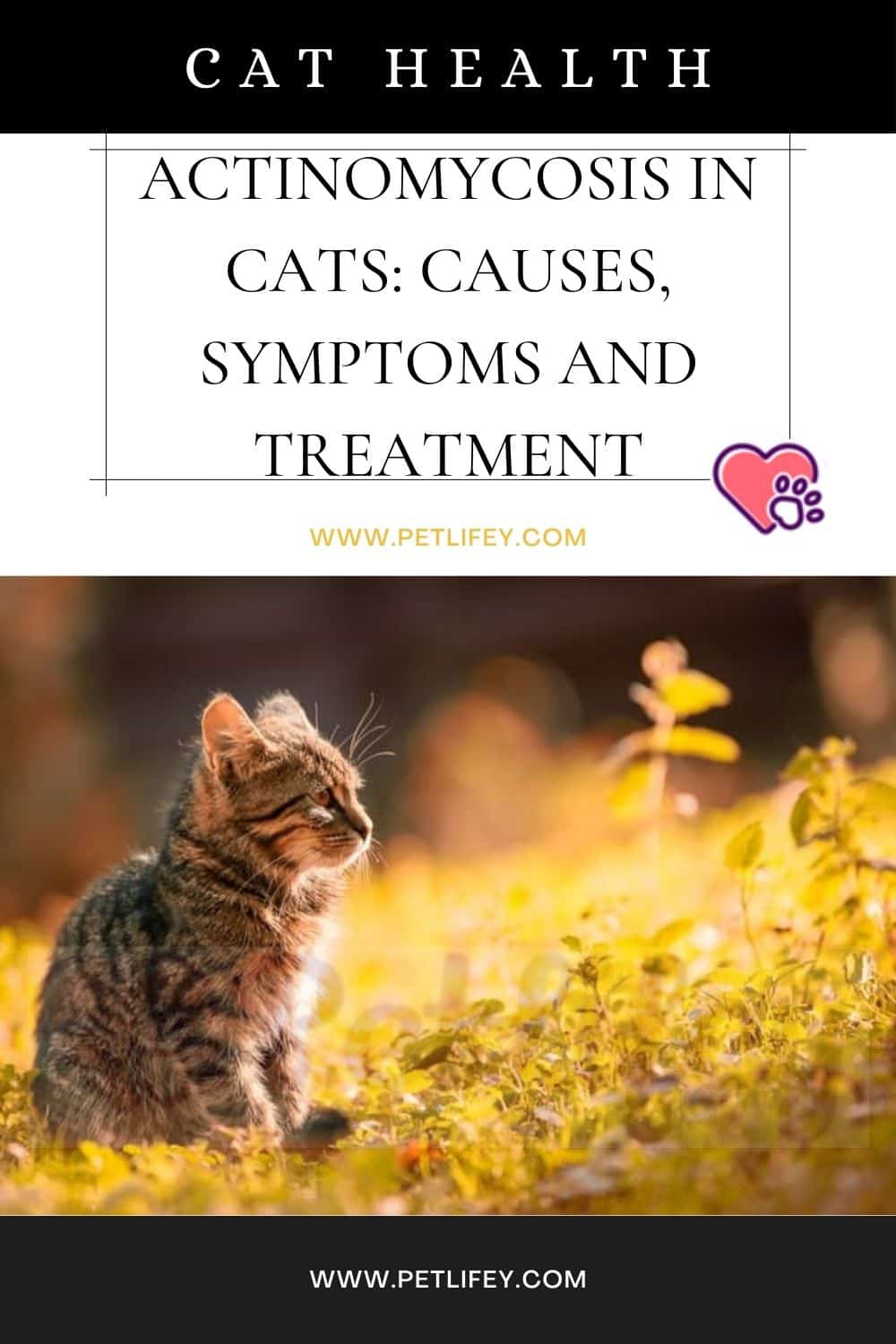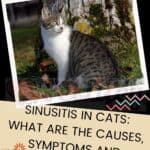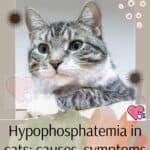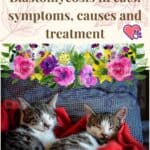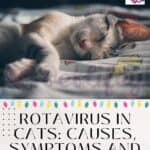Actinomycosis in Cats: Understanding Causes, Symptoms, and Treatment Options
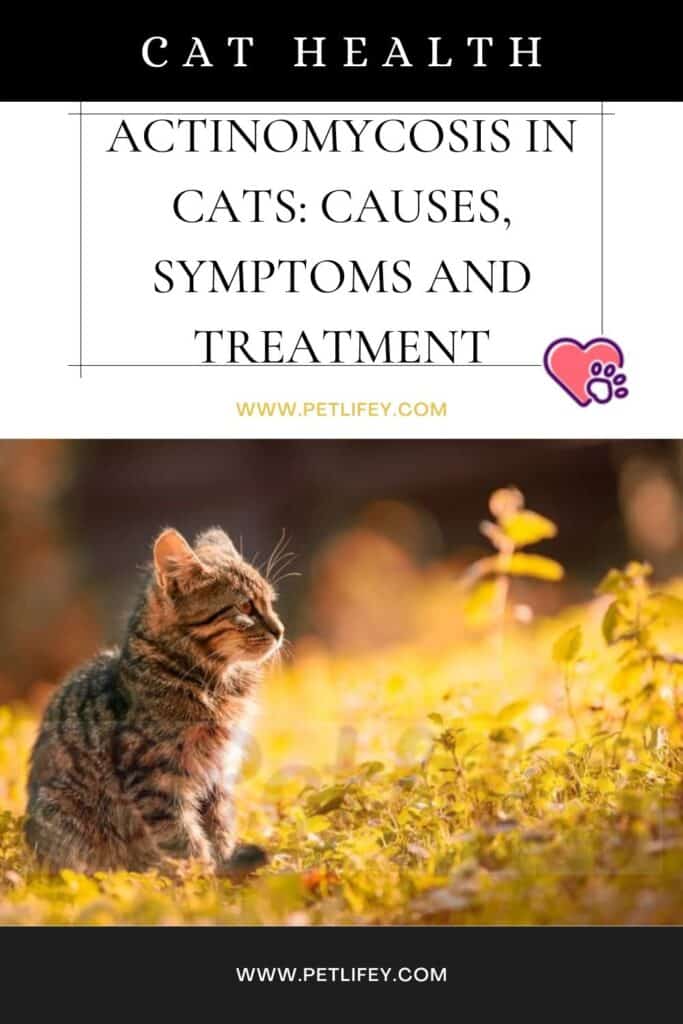
Actinomycosis in cats is a bacterial infection primarily caused by the Actinomyces spp. These bacteria are naturally present in the feline oral cavity. However, they become pathogenic when the skin’s integrity is compromised by cuts, scrapes, or wounds. Your cat’s risk of developing actinomycosis increases with pre-existing dental disease or if they have a weakened immune system.
Recognizing the symptoms of actinomycosis is crucial for early intervention. Common signs include respiratory distress, abscess formation in the mouth, lungs, or gastrointestinal tract. You might also notice other physical indicators such as inflammation, fever, or more severe conditions affecting the bones or abdominal linings which could result in neurological issues.
Treatment for actinomycosis primarily involves antibacterial therapy. Your vet may prescribe a long-term course of antibiotics, given the persistent nature of the bacteria. In some cases, surgical intervention might be necessary to drain abscesses or remove affected tissue. It’s important to follow your veterinarian’s guidance closely to ensure a successful recovery for your pet.
Understanding Actinomycosis
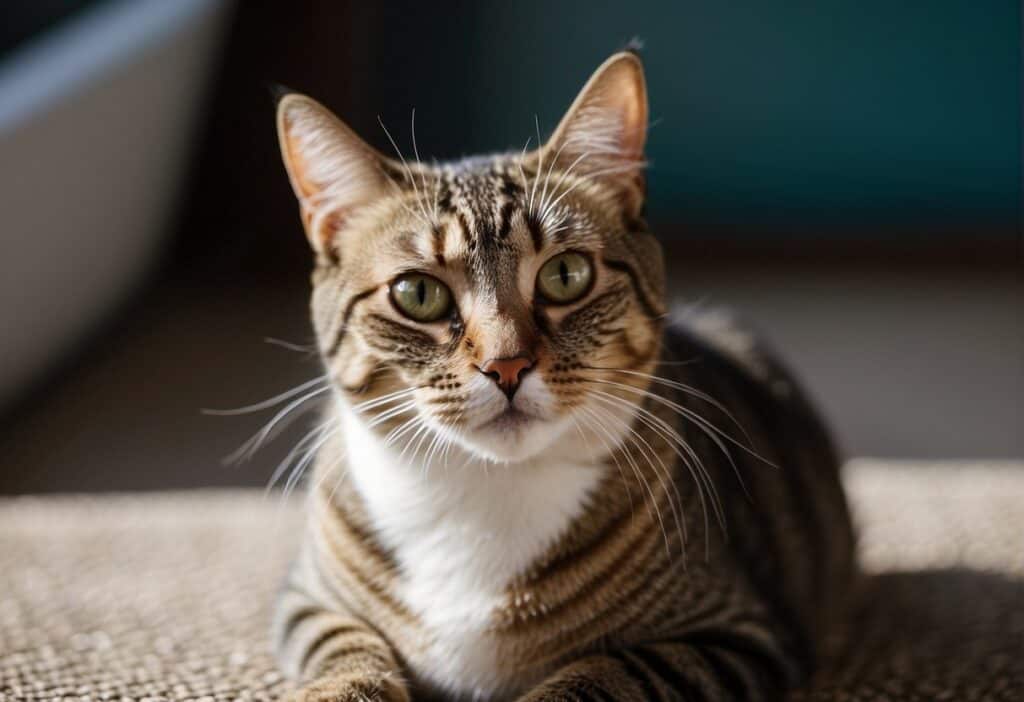
Actinomycosis is a bacterial disease that you might encounter in your cat. It is caused by Actinomyces, a gram-positive bacteria, that is part of the genus Actinomyces. This bacterium is known for its capability to change shape, exhibiting pleomorphism between a rod and coccus.
The infection can be either anaerobic or facultatively anaerobic, meaning it can thrive without the presence of oxygen. This characteristic allows it to grow in various conditions within the body. It is often referred to as an opportunistic infection because it usually enters through cuts or wounds, exploiting a break in the integrity of skin or mucous membranes.
Possible signs of actinomycosis in cats might include:
- Respiratory distress
- Formation of abscesses
- Lethargy
It is important to recognize that actinomycosis can manifest in several forms, sometimes leading to a polymicrobial infection, where more than one type of microbe is involved. All forms of this infection generally share the formation of abscesses as a common symptom.
| Types of Actinomycosis Infections | Areas Commonly Affected |
|---|---|
| Cervicofacial | Mouth, jaw, neck, and face |
| Abdominal or Pelvic | Abdominal tissues and reproductive organs |
| Thoracic | Chest or lungs |
If your cat exhibits symptoms of this infection, a veterinarian will likely conduct specific diagnostic tests to confirm the presence of the Actinomyces bacteria, including a cytological examination, bacterial culture, or histology. Understanding these details helps in providing timely care and treatment for your cat if they’re afflicted with actinomycosis.
Symptoms of Actinomycosis in Cats
Actinomycosis manifests through various symptoms, depending on the affected area. Your awareness of these signs is crucial for early detection and prompt treatment.
General Clinical Signs
- Fever: A common symptom indicative of an underlying infection.
- Lethargy: Decreased energy levels and less interest in normal activities.
Cervicofacial Actinomycosis
- Lumps: Noticeable swelling in the neck or face, commonly known as “lumpy jaw.”
- Dental Issues: Potential tooth pain and discomfort in the mouth.
Thoracic Actinomycosis
- Respiration Issues: Difficulty breathing, coughing, or wheezing.
- Chest Pain: Discomfort in the chest area due to lung involvement.
Abdominal Actinomycosis
- Abdominal Pain: Tenderness or pain in the abdomen.
- Vomiting: Gastrointestinal upset leading to appetite loss and vomiting.
Disseminated Actinomycosis
- Spread of Infection: The infection can spread to multiple areas, including the brain and bone, showing corresponding symptoms.
- Bone Involvement: Osteomyelitis, or inflammation of bones, leading to pain and potential fractures.
Cutaneous Actinomycosis
- Skin Abscesses: Formation of abscesses on the skin that may drain pus.
- Wounds: Typically originating from bite wounds, cuts, or scratches with potential redness and swelling.
Secondary Symptoms
- Weight Loss: Unintended weight reduction due to prolonged illness.
- Itching: Persistent scratching at the affected areas.
Non-specific Symptoms
- Appetite Loss: Decreased interest in food, contributing to weight loss.
- Pain and Discomfort: Generalized aching sensations and unease.
Causes and Risk Factors
Understanding the causes and risk factors for Actinomycosis in your cat is crucial to preventing and managing the infection. This condition arises from specific bacteria entering through various avenues, typically leading to infection when your cat’s immune defenses are compromised.
Oral and Dental Causes
Actinomyces spp., a type of bacterium responsible for Actinomycosis, can often enter your cat’s body through the oral cavity. Periodontal disease can provide a pathway for these bacteria to invade. If your cat has poor oral hygiene or existing dental issues, the risk of developing Actinomycosis increases.
- Periodontal disease: Leads to pockets where infection can thrive.
- Injury to oral tissues: Can occur from bite wounds or chewing hard objects.
Environmental Exposure
Your cat may encounter Actinomyces spp. bacteria through environmental exposure. Bite wounds from other animals or injuries sustained from sharp objects in the environment can introduce the bacteria into your cat’s system.
- Bite wounds: Fight-related injuries may be contaminated with the bacteria.
- Environmental hazards: Splinters, thorns, or other sharp objects can cause injuries that become infected.
Underlying Health Conditions
Cats with weakened immune systems are more susceptible to infections, including Actinomycosis. Chronic conditions, prior illnesses, or immune suppression from medications can leave your cat vulnerable.
- Weakened immune system: Makes fighting off infections more difficult.
- Chronic health issues: May predispose your cat to bacterial infections.
Infection Sources
Actinomycosis is often polymicrobial, meaning it can involve multiple types of bacteria. The infectious fluid or pus from abscesses associated with Actinomycosis can contain a mix of bacteria that act synergistically to cause severe infection.
- Surgery: Post-surgical sites may provide an entry point for Actinomyces.
- Polymicrobial infections: The presence of multiple bacteria can complicate the infection and treatment.
Diagnosis of Actinomycosis
To confirm actinomycosis in cats, your veterinarian will typically conduct a thorough physical examination and may utilize diagnostic imaging techniques. Accurate diagnosis is essential to ensure proper treatment.
Physical Examination
During a physical exam, your vet will search for signs of infection such as swellings or abscesses. Lesions typically contain yellow granules, which are clusters of the bacteria. By palpating the affected areas, your vet can assess for pain response and the presence of hard masses beneath the skin. The presence of pus may prompt a bacterial culture to identify the specific bacterium causing the infection.
Diagnostic Imaging
X-rays and other imaging modalities can be used to detect the extent of the infection. These tools are especially valuable in identifying cases of osteolysis, where the infection has led to the destruction of bone tissue. A diagnosis may also involve cytology or biopsy of the lesions and subsequent staining, such as a Gram stain or acid-fast staining, to visualize the characteristic filamentous bacteria. Actinomyces israelii is a facultatively anaerobic or anaerobic bacterium detected through these methods and is a common cause of actinomycosis in cats.
Effective Treatment Strategies
When your cat is diagnosed with actinomycosis, treatment typically involves a combination of antibiotic therapy and, in some cases, surgical intervention. The goal is to eliminate the infection and prevent complications.
Antibiotic Therapy
Your veterinarian will likely prescribe a prolonged course of antibiotics to combat actinomycosis. The treatment plan may include:
- Penicillin: The first line of defense, often administered for several weeks to months.
- Clindamycin or Erythromycin: These may be alternatives if your cat is allergic to penicillin or if the bacteria are resistant.
It’s crucial that you follow the dosage and duration prescribed to ensure full eradication of the infection.
Surgical Intervention
Surgery may be necessary to address more severe forms of actinomycosis, such as:
- Drainage: To remove pus from abscesses.
- Lesion Excision: To remove infected tissue and promote healing.
Follow postoperative care instructions carefully to prevent the recurrence of the infection.
Managing Complications and Aftercare
After treatment for actinomycosis in cats, appropriate aftercare is essential to manage complications and ensure a full recovery. Your pet will require diligent monitoring and consistent wound management.
Monitoring for Recurrence
Actinomycosis can recur; thus, it’s vital to observe your cat closely following treatment. Schedule follow-up appointments with your veterinarian to ensure the infection has been fully eradicated. Be particularly vigilant for symptoms such as:
- Lethargy
- Fever
- Swelling in previous wound areas
Record any abnormalities and report them to your vet promptly.
Wound Care
Proper wound care is critical to prevent reinfection and promote healing. Your vet will likely instruct you on how to:
- Clean the wound with prescribed solutions
- Apply and change dressings as needed
- Administer pain medication if your cat is experiencing discomfort
If a drain was placed, ensure it stays clean and is monitored for any sign of infection. Keep your cat indoors and restrict their activity to prevent disruption of the healing tissue.
Prevention and Proactive Care
Effective prevention and proactive care can significantly reduce your cat’s risk of contracting Actinomycosis. Focus on maintaining optimal dental hygiene, ensuring a safe environment, boosting their immune system, and sticking to regular veterinary check-ups.
Dental Hygiene
Your cat’s oral health is a critical factor in preventing Actinomycosis. Establish a routine for teeth cleaning to minimize the potential for oral infections. You can brush your cat’s teeth regularly with vet-approved toothpaste and consider dental chews that help reduce plaque. Regular oral exams during veterinary visits ensure any dental issues are caught early.
Environmental Safety
Limit your cat’s exposure to outdoor hazards that can lead to injuries, such as sharp objects or other animals that may cause wounds. Injury prevention is key, as Actinomycosis often enters through cuts or wounds. Keep your cat’s living area clean and remove any potential sources of injury.
Strengthening Immunity
Boosting your cat’s immune system is essential for preventing any infection. Ensure your cat receives a balanced diet rich in nutrients. Good nutrition is the cornerstone of a strong immune system. Consider supplements only if recommended by your vet, as they can offer additional immune system support.
Regular Veterinary Check-ups
Adhere to a schedule of physical examinations with your veterinarian. These check-ups are pivotal for health monitoring and early detection of any signs that might indicate an underlying issue. Regular vet visits allow for timely interventions and can prevent the progression of potential infections like Actinomycosis.
Conclusion
Actinomycosis in cats is a significant bacterial infection that requires your attentive care and prompt medical treatment. Recognize the need for vigilance, especially if your cat has sustained any cuts or wounds.
Primary Points to Remember:
- Causes: Infections with Actinomyces spp., generally entering through cuts.
- Symptoms: Respiratory distress, abscesses, fever, and in severe cases, osteomyelitis or peritonitis which can lead to neurological issues.
- Treatment: Antibiotics are central to combatting Actinomyces. In cases of abscesses or severe infections, surgical interventions may be necessary.
Stay aware of your cat’s health status and behavior changes, remembering that early intervention is key. Maintain regular veterinary check-ups and consult your vet promptly if you suspect actinomycosis. Your proactive measures can make a substantial difference in your cat’s recovery and quality of life.

